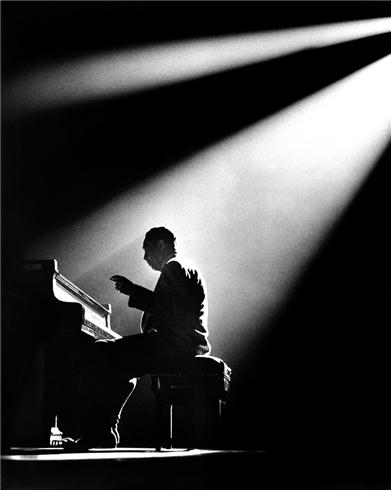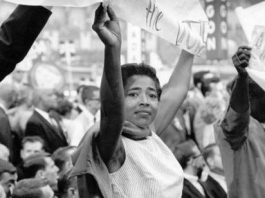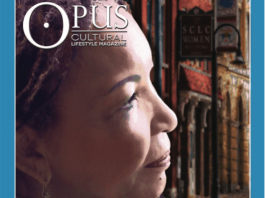
As Shakespeare so poetically emoted, “If music be the food of love, play on…” Play on—is so lavishly what Edward Kennedy “Duke” Ellington did. From a young boy, he dreamed of being famous, and as destiny would ordain, his dream became a bigger than life reality. Ellington achieved legendary fame as an American composer, pianist, and big-band leader, who emanated as one of the most distinctive jazz artist and beloved iconic celebrities in the pages of American music and the world over.

Harlem and the Duke. . .
The 1920s ushered in a cultural break between America’s past and future known as the Roaring 20s. It was during this period the Harlem Renaissance came into being, and the proliferation of jazz took flight. African American entertainers began to gain real notoriety in New York. Taking note, Ellington hitched his star to the movement, and relocated to the Big Apple in 1923. With good friend Willie “The Lion” Smith as his muse, Ellington t into New York’s music scene, like a glove and hand.
The thriving abundance of “Negro” entertainment in Harlem, draw heavy patronage by whites, who found this soulful and talented entertainment all the rage. “…Harlem was in Vogue” as Langston Huges put it. So, it was uptown to Harlem they paraded to, in droves. Of the many clubs, speaks and dance halls in Harlem, there was none so infamous as The Cotton Club, owned and operated by Owney Madden, a prominent bootlegger and gangster. Common of the times, The Cotton Club was a “whites-only” venue where blacks were the main attraction—but could not mix with the club’s clientele. Conversely, while the Club’s policy of segregation was a cruel menagerie of contradictions, it offered unparalleled exposure to it’s black performers through radio broadcasts originating there.
In 1927, as fortune would have it, Ellington and his band became the house band for The Cotton Club, This opportunity signaled the ascent of his career. Though he was relegated to write the “jungle” music, white audiences seemed to adore, Ellington did not let this daunt his spirit. He, instead, brilliantly used the opportunity to develop his repertoire while composing the dance tunes for the shows. Taking advantage of the freedom to experiment with orchestral colors and arrangements that touring bands rarely had. Ellington recorded over 100 compositions during this era.
Duke Ellington And John Coltrane (1962), Money Jungle (1962, with Max Roach and Charles Mingus), and Duke Ellington Meets Coleman Hawkins. Among the younger generations, Ellington was both a symbol of the traditional modes of jazz music and the nest example of how to transcend those modes. The beauty and energy of earlier pieces such as “Mood Indigo” remained alive in even the final years of his life. In May of 1974, Ellington died of lung cancer in New York City. In his more than fifty years as a professional musician, Ellington had been nominated for a Pulitzer Prize, elected to the National Institute of Arts and Letters, awarded a doctor of music degree from Yale University, given the Medal of Freedom, and, most importantly, built the foundations from which much of the best American music consequently grew.

Want the full story? You can find this legendary giant in the pages of Issue 01 of Opus Cultural Lifestyle Magazine!


